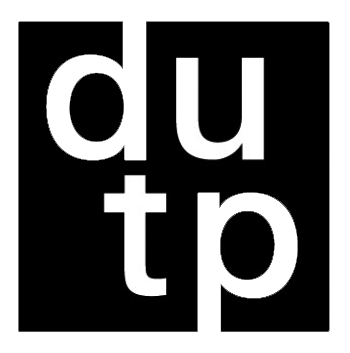Español
Español
DOI:
https://doi.org/10.5821/siiu.13139Abstract
The research consists of a historical urban study to analyze the feasibility of nominating the Angelmó sector and its market as a “Typical Zone”, based on the definitions and selection criteria of Chile’s monuments law and regulations.
A methodological framework is proposed, based on the Recommendation on the Historic Urban Landscapes from 2011 (UNESCO), but with a morphogenetic analysis approach that incorporates the theoretical variable of time in the cultural analysis, recognizing the different temporalities in the city’s material construction.
The research findings indicate that Angelmó does not meet the sufficient requirements to be considered as a “Typical Zone”. It is recommended to conduct a study of Angelmó and its market’s intangible heritage, and to integrate it as an important variable in future urban studies of the sector.
Downloads
Published
Issue
Section
License
Copyright (c) 2024 Creative Commons

This work is licensed under a Creative Commons Attribution-NonCommercial-ShareAlike 4.0 International License.
Aquellos autores/as que tengan publicaciones con esta revista, aceptan los términos siguientes:
- Los autores/as conservarán sus derechos de autor y garantizarán a la revista el derecho de primera publicación de su obra, el cuál estará simultáneamente sujeto a la Licencia de reconocimiento de Creative Commons CC BY-NC-ND- 4.0 que permite a terceros compartir la obra siempre que se indique su autor y su primera publicación esta revista, pero no se pueden cambiar ni se pueden utilizar comercialmente.
- Los autores/as podrán adoptar otros acuerdos de licencia no exclusiva de distribución de la versión de la obra publicada (p. ej.: depositarla en un archivo telemático institucional o publicarla en un volumen monográfico) siempre que se indique la publicación inicial en esta revista.
- Se permite y recomienda a los autores/as difundir su obra a través de Internet (p. ej.: en archivos telemáticos institucionales o en su página web) antes y durante el proceso de envío, lo cual puede producir intercambios interesantes y aumentar las citas de la obra publicada. (Véase El efecto del acceso abierto).











